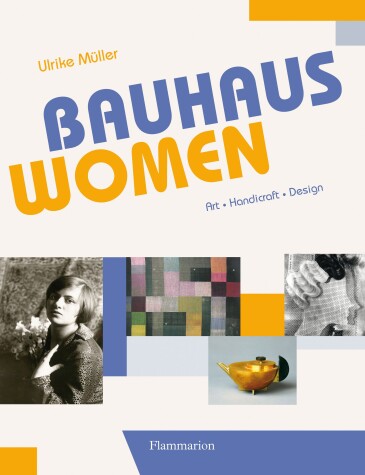This monograph—published to coincide with the Bauhaus exhibition at the MoMA (November 8, 2009-January 25, 2010)—celebrates the work of twenty women artists who created feverishly in all the teaching, workshop, and production branches of the Bauhaus—women who should have been included in the major art histories of the twentieth century long ago, but whose names, masterpieces, and extraordinary lives have only gradually become known to us. Recognized figures such as Anni Albers—the first textile artist to be exhibited at the MoMA—and Marianne Brandt—whose elegant geometric tableware have become classic Alessi designs—are showcased alongside previously unknown artists such as Gertrud Grunow, who taught "Harmonizing Science"; Helene Börner, who led the textile workshop; and Ilse Fehling, a sculptor and the most sought-after set and costume designer of her generation. Founded in 1919, the Bauhaus and most of its students were poor and lacking in just about everything. What it did have, however, was an abundance of enthusiasm, talent, and innovative creativity. Furthermore, over half of those seeking to enroll at the school were women. This tornado of the "fairer sex" was initially seen as a threat, and the weaving mill was quickly turned into a separate "women’s facility." Nevertheless, over the years the mill became a hotbed of groundbreaking production, whose impact far surpassed national borders, as demonstrated by the international acclaim of photographers Lucia Moholy, Florence Henri, and Grete Stern.
- ISBN10 2080202480
- ISBN13 9782080202482
- Publish Date 15 September 2015 (first published 19 October 2009)
- Publish Status Active
- Publish Country FR
- Publisher Editions Flammarion
- Imprint Flammarion
- Format Hardcover
- Pages 152
- Language English
- URL https://penguinrandomhouse.ca/books/isbn/9782080202482
